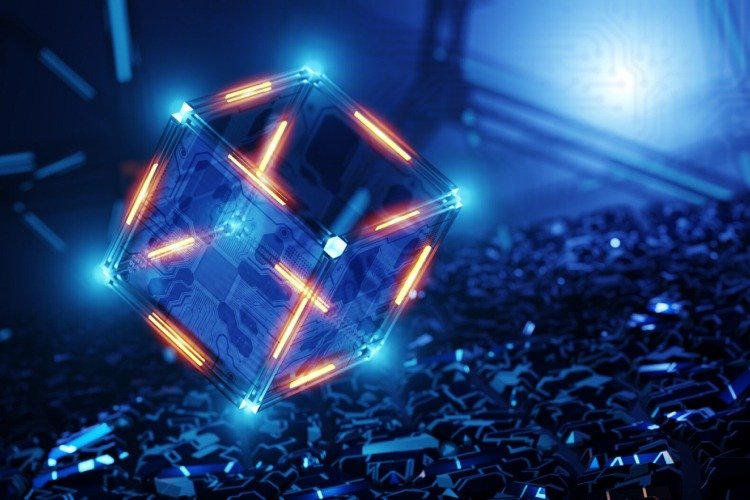Fighting Quantum Computing in Blockchain Networks

Navigating through the ever-evolving web of blockchain technology, a constant fear lurks in the shadows: the appearance of quantum computing. As we rapidly move towards a future filled with quantum capabilities, the correlation between quantum computers and their use in blockchain networks becomes a subject that raises more and more awareness in the crypto community.
But what precisely does quantum resistance imply for blockchain networks, and why does it give the future of digital currency a dash of uncertainty? This article is here to give you an introduction to this evolving problem, and its possible solutions.
Confronting the colossal force of quantum computers
Picture quantum computers as a giant wave, running towards the small fortress of current cryptographic practices. Blockchain networks, at their core, are based on cryptographic principles which, in today’s computing landscape, are robust and hard to crack. However, with the introduction of quantum computing, this once-strong fortress, which has long stood unharmed from assaults and breakages, now faces a potential threat.
The essence of quantum computers lies in their ability to perform complex calculations at unbelievable speeds, potentially cracking the cryptographic shields that currently secure blockchain networks, revealing data from one chain or even those across multichain bridges. Consequently, the uncrackable safeguard provided by cryptographic principles such as public-key cryptography, which protects blockchain networks, might find itself helpless in front of these computers, making the networks and confidential data vulnerable.
Despite many advancements and vulnerabilities offered by quantum computing, a big question hangs heavily in the digital world: how serious is the threat, and does the crossing of blockchain and quantum computing mean the end of the crypto world we have known so far? Quantum resistance might be the answer we’re looking for.
The road towards quantum resistance
As we roam around the land of quantum force, blockchain networks are working hard, contemplating strategies to construct a path towards quantum resistance. Quantum-resistant algorithms, which can be described as materials of the fortress unknown to the quantum antagonist, strive to disarm the quantum computational force that threatens to destroy and unravel existing cryptographic systems.
The key to quantum resistance may lie in developing cryptographic algorithms that remain unsolved by the quantum computer’s remarkable ability to process and solve problems at big speeds. Lattices, hash-based cryptography, and multivariate polynomial cryptography are a few fields of cryptography that are being explored as potential solutions that could offer sanctuary from quantum threats.
However, transitioning to quantum-resistant algorithms takes a lot of work. It is a complex process, involving radical changes of existing networks and ensuring that the future of blockchain does not become trapped in the vicious circle of advancement and vulnerability.
Trusting the process
On the thin line between embracing advancements and fortifying against quantum threats, blockchain networks, and digital currencies, must navigate through a path that ensures sustainability, security, and robustness against the quantum computers that strive to break the equilibrium of current systems in blockchains. Feel free to join LI.FI to learn and discuss more about these parts of the crypto world.
It’s imperative to recognise that the dialogues surrounding quantum resistance in blockchain networks oscillate between technological advancements and cautious fortification against potential vulnerabilities. The integration of quantum-resistant algorithms into blockchain networks appears not merely as a choice but a future necessity to shield against the more and more advanced computers chasing their data.
Quantum resistance, in the ever-evolving world of blockchain and cryptographic practices, is not just an option, but a call for undivided attention, robust research, and a will to outsmart the supercomputers and people standing behind them.
Final words
Moving into the quantum era is no small step. It’s a journey that brings us face-to-face with new and powerful technologies. Building blockchain networks that can resist quantum threats is, therefore, vital. But, achieving this isn’t straightforward. It demands a deep understanding of technology and a crystal-clear strategy for protecting against future dangers.
In essence, the creation of quantum-resistant blockchain networks isn’t just a technical challenge. It’s a commitment to securing our digital world against the unknown potential of quantum computing.